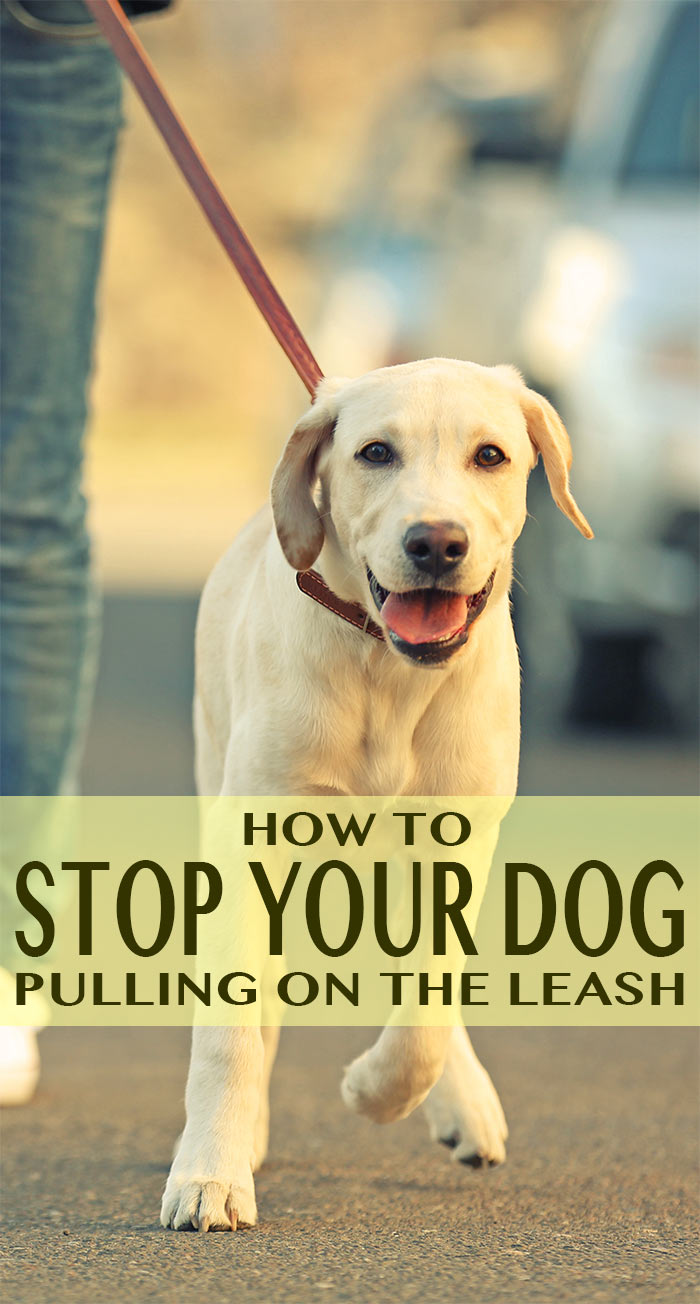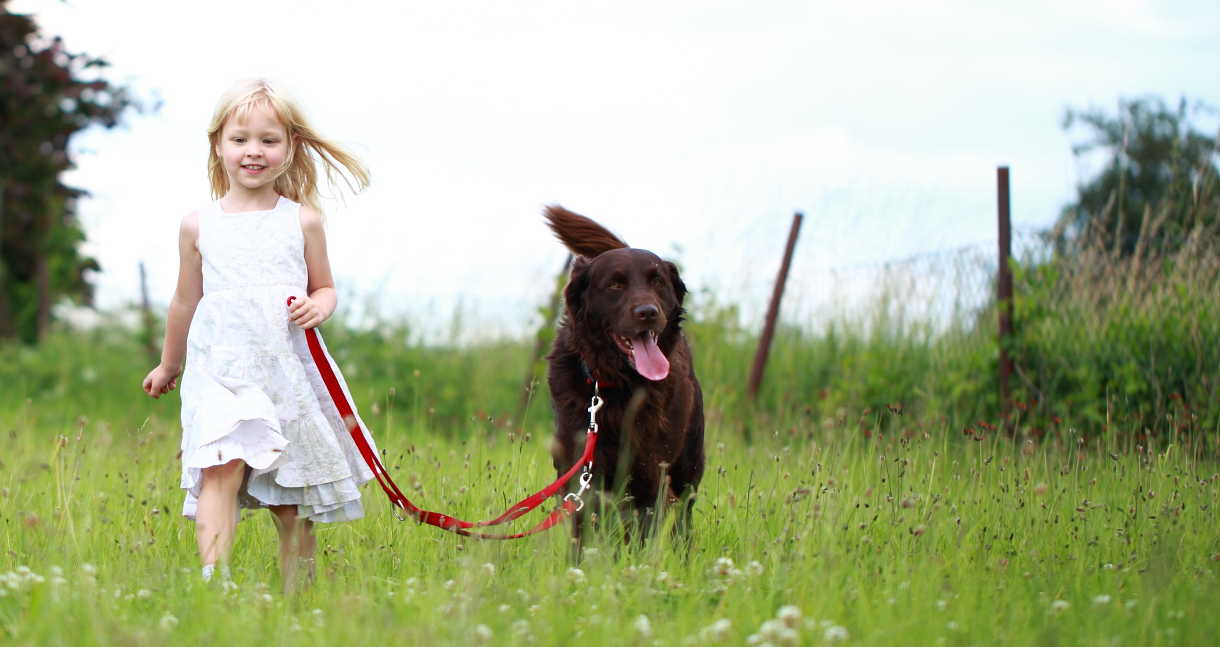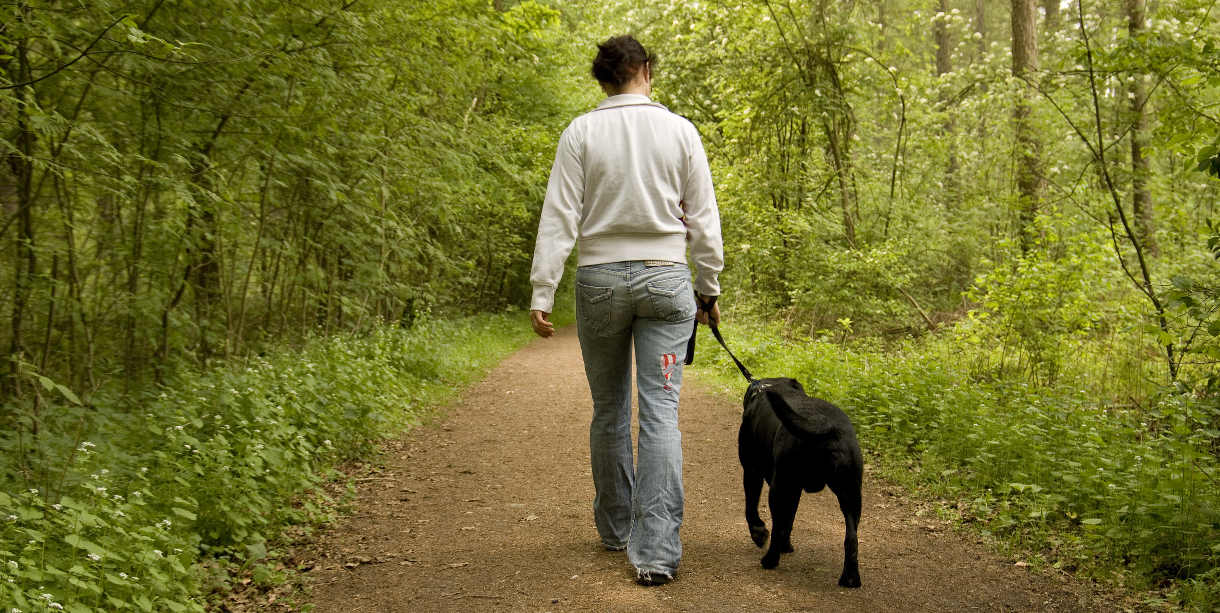Welcome to our easy-to-follow guide on how to prevent your dog from pulling on the leash. We will also discuss different tools to help with pulling, along with a thorough explanation on teaching your dog to heel. Our goal is to assist you in training your dog to walk calmly by your side, instead of dragging you along! If you’re wondering why your dog pulls on the leash, finding it challenging to stop this behavior, we’ve got effective training methods to share with you. We’ll also provide tips on managing your dog while you work on training them and go over anti-pulling devices that may help. Dealing with a pulling dog can be quite frustrating, especially for owners of medium to large breeds like Labradors. It’s a common issue that many dog owners face, and it can be quite troublesome. Not only is being dragged around by a large dog uncomfortable, but it also puts both you and your dog at risk of accidents and embarrassment. The dangers of pulling on the leash are real, especially with powerful dogs like Labradors. Teaching your dog to walk nicely on a leash is crucial for your safety and your dog’s well-being. It’s one of the essential commands that all big dogs should learn early on. If you feel like you’ve tried everything to stop your dog from pulling, you’re not alone. Many owners of strong pulling dogs feel the same way. But with the right guidance and support, you can effectively teach your dog to walk on a loose leash.

One of the first things to consider is why your Labrador is still pulling on the leash despite your efforts to stop it. We will also explore different training techniques to address this behavior. While training takes time, we will also discuss strategies to prevent pulling while teaching your dog to walk calmly on a loose leash. Why is loose leash walking such a challenge for many dog owners? Some resort to tools like head collars or prong collars out of frustration. Meanwhile, others seem to have no trouble with their dogs walking nicely by their side. Is it the dog’s fault, or is the owner to blame? Perhaps it’s a combination of both factors. In this article, we will delve into these questions and try to understand why some dogs pull while others behave well on walks. Let’s explore what might be going on with your dog when he tugs you down the street.
Why does my dog tug on the leash? Taking your dog for a walk is probably the highlight of their day. Dogs just can’t contain their excitement when they see a leash or car keys, knowing it’s walk time. They can hardly contain their excitement as they eagerly await the moment you open that front door. And when they tug on the leash, it’s because they’ve learned that pulling gets them what they want – a walk. And who can blame them? Exercise is one of the most rewarding experiences for a dog, making them willing to endure the discomfort of pulling on the leash just to get outside. Trying to stop your dog from pulling can be a challenge because that behavior has been rewarded in the past. Dogs repeat behaviors that have been rewarding, so they continue to pull on the leash to get to their favorite park or field. This is where effective training methods come in. By rewarding good behavior and preventing bad behavior, you can teach your dog to walk nicely on a loose lead. Loose leash training focuses on rewarding the dog when the leash is loose and halting forward movement when it’s tight. On the other hand, heelwork is more precise, focusing on the position of the dog relative to you. But whichever method you choose, consistency and patience are key to successfully training your dog to walk nicely on a leash. And while it can be challenging, teaching your dog to walk to heel is ultimately the best solution for managing pulling behavior.

Using a double attachment harness provides better control over your dog’s pulling behavior. While training is the best long-term solution for a pulling dog, it’s essential to address the issue of managing a dog that pulls in real-life situations. Loose lead training takes time and effort to achieve, especially if your dog is stronger than you or easily distracted. In situations where you need to walk your untrained dog, such as going to the vet or on a long car journey, using an anti-pull device can be beneficial. These devices, like head collars or body harnesses, help reduce pulling and allow you to maintain control over your dog. It may take some trial and error to find the right device that works for you and your dog. While head collars can be effective at minimizing pulling, some dogs may find them distressing to wear. Body harnesses, especially the double attachment type, are preferred for reducing pulling without causing discomfort. It’s important to teach your dog to walk to heel without needing a head collar long-term. Overall, pulling on the lead is a dangerous habit that needs to be stopped for the safety of both you and your dog. By using the right anti-pull device and implementing positive reinforcement techniques, you can train your dog to walk calmly on a leash. Remember, consistency and patience are key in successfully managing a pulling dog.

It is enjoyable to bring your dog along while out and about. If you wish for your dog to walk nicely by your side without pulling on the leash, consistent training over a period of weeks is necessary. This behavior does not come naturally to dogs, but with patience and practice, it can be achieved. Training your dog to walk at heel can greatly enhance your outings together. To help you in this training process, refer to our structured training exercises outlined in the following articles: Teaching your dog to walk on a loose leash and Training your dog to walk at heel. For additional resources on dog training, consider reading articles such as Walking Your Dog On a Loose Leash and Clicker Heel Training Guide. For a comprehensive guide on raising a healthy and happy puppy, be sure to check out The Happy Puppy Handbook.

Sure thing! Here is a unique and original paraphrase of the content: “Feel free to rephrase the provided text so that it is fresh and original for authenticity. Keep the tone casual and make sure to write in English.”
In April 2014, the Happy Puppy Handbook was released, providing a comprehensive guide to caring for a young puppy. This book offers advice on getting your home ready for a new puppy, as well as tips for successful potty training, socializing, and teaching obedience from an early age. If you’re interested in purchasing The Happy Puppy Handbook, you can find it on Amazon through this link (paid link). By buying through this link, you’ll be supporting The Labrador Site with a small commission, which we greatly appreciate and will not impact the price for you!




